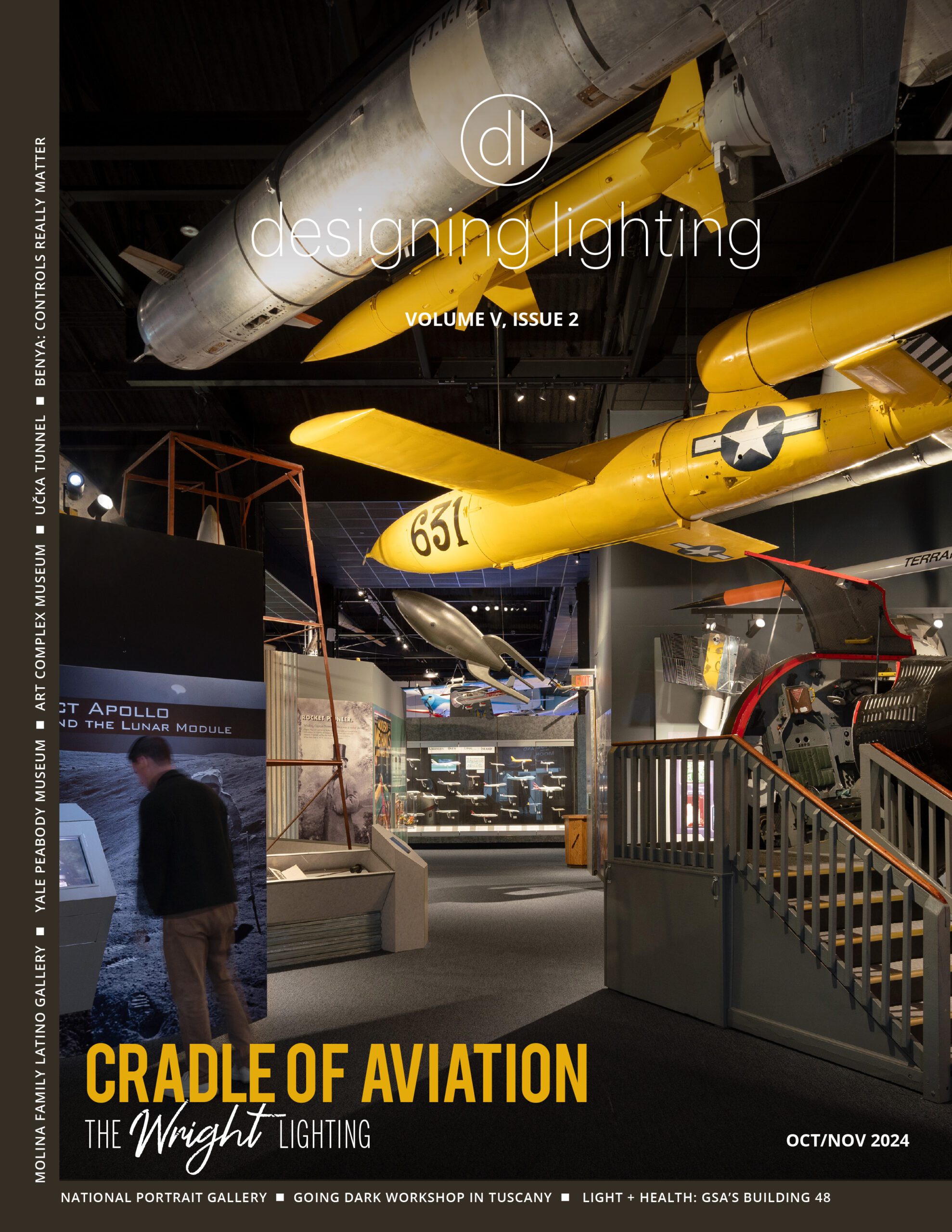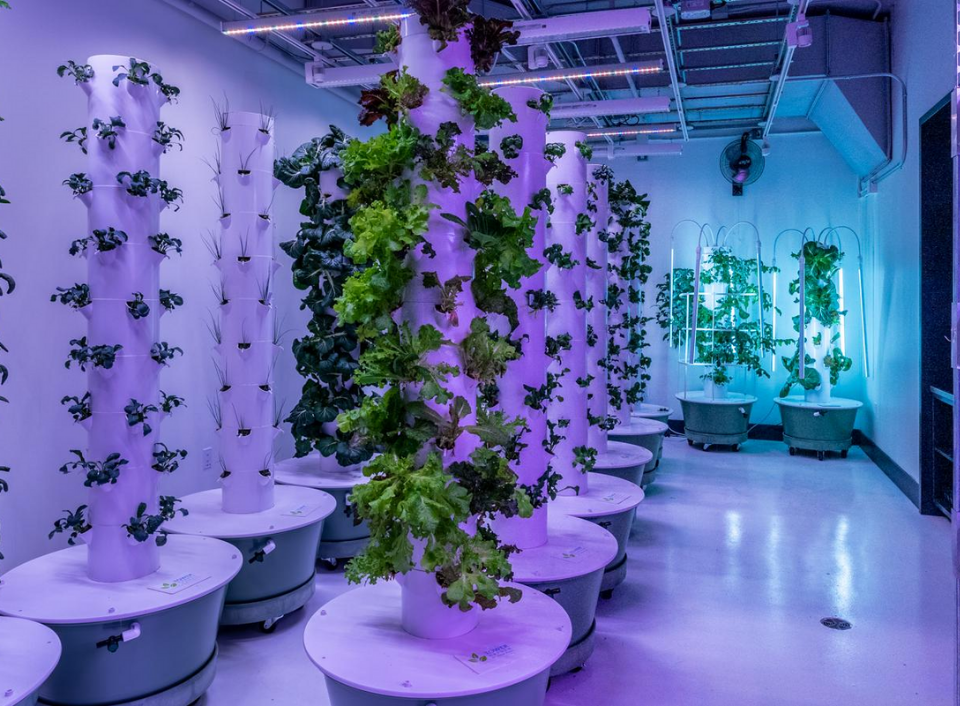A 2021 Juror Shares Best Practices to Help Submitters for 2022.
This year I had the privilege and honor to serve as a juror for the IESNYC Lumen Awards. It was a day-long process giving me the opportunity to see some of the best lit jobs in the world. Almost all of the submissions were professionally submitted, but there were a few that may have scored higher if the submitter could have better anticipated questions that came up during the judging process and addressed unclear issues in the narrative.
The IESNYC Lumen Awards program recognizes individuals for professionalism, ingenuity, and originality in lighting design based on the individual merit of each entry. Jurors are selected from a broad professional spectrum, representing knowledge of lighting and design excellence. The judging system is entirely based on how well the lighting design meets the program criteria. The Lumen Awards program is not a competition. There are three rounds of judging and I had the privilege of participating in the third round.
Submissions are received in January. Each submission is reviewed for compliance of rules and regulations. Projects that comply with the rules of the program move onto judging into three award categories:
Lumen Award of Excellence
The highest level of recognition for permanent architectural application.
Lumen Award of Merit Meritorious Recognition
Recognition for permanent architectural application.
Lumen Citation Special
Recognition for an art installation, technical detail, portion of a single project, temporary installation or other work.
Some general rules guide the submission process.
Project Information:
Provide lighting designer’s contact information credited for the design of the lighting, and the projects general information (such as name, location, type, and completion date).
Project Summary: 100-word limit.
This summary will be read to the judges and your images will be shown during the first round of judging. Your summary should introduce your project to the Judges and inspire them to accelerate your project to the second round.
Image Narratives: 300-total word limit
Should your project move to the second round, the image narratives will be read to the judges. The image narratives should be cued to each image (e.g., Image1, Image2, Image3, etc.), and should describe or support the visual content of each image. Any reference or endorsement of a commercial product is not allowed. Submittals with this information will be dismissed. However, proper names of places (i.e., David H. Koch Center for Cancer Care at Memorial Sloan Kettering Cancer Center) is admissible.
Digital Images:
Up to 10 high-resolution JPEG images (at least 1024px and 768px at 300dpi). Each digital file will be counted as a single image. Digital files with multiple pictures or views or illustrations will be counted as multiple images towards a maximum of 10 images. For example, one file with two side-by-side views will be counted as 2 images or, one file with a picture, a detail and a section will count as 3 images.
Don’t include 10 images if they don’t help tell a powerful project story; sometimes less is more. Photos taken during daylight hours may not adequately present the lighting design.
Optional Video Submission:
You may submit an optional digital video file. Acceptable files are: MOV, M4V or MP4 format. No audio allowed and digital videos should only be used to demonstrate kinetic, transitional, or animated lighting effects key to the lighting design concept. Still images as a slide show are not accepted as video and will be disqualified. Videos must be a maximum of one minute in length. Those that are over one minute will be terminated after one minute of play.
For best results, watch for flicker in your video which could jeopardize your chance of receiving an award. A video of simple color-changing lighting can appear pretty amateur if it appears more like ‘chase’ lights. As a juror I found the videos incredibly helpful as they always seemed to further expand the beauty of the design.
This article was originally featured in the June issue of designing lighting (dl)




